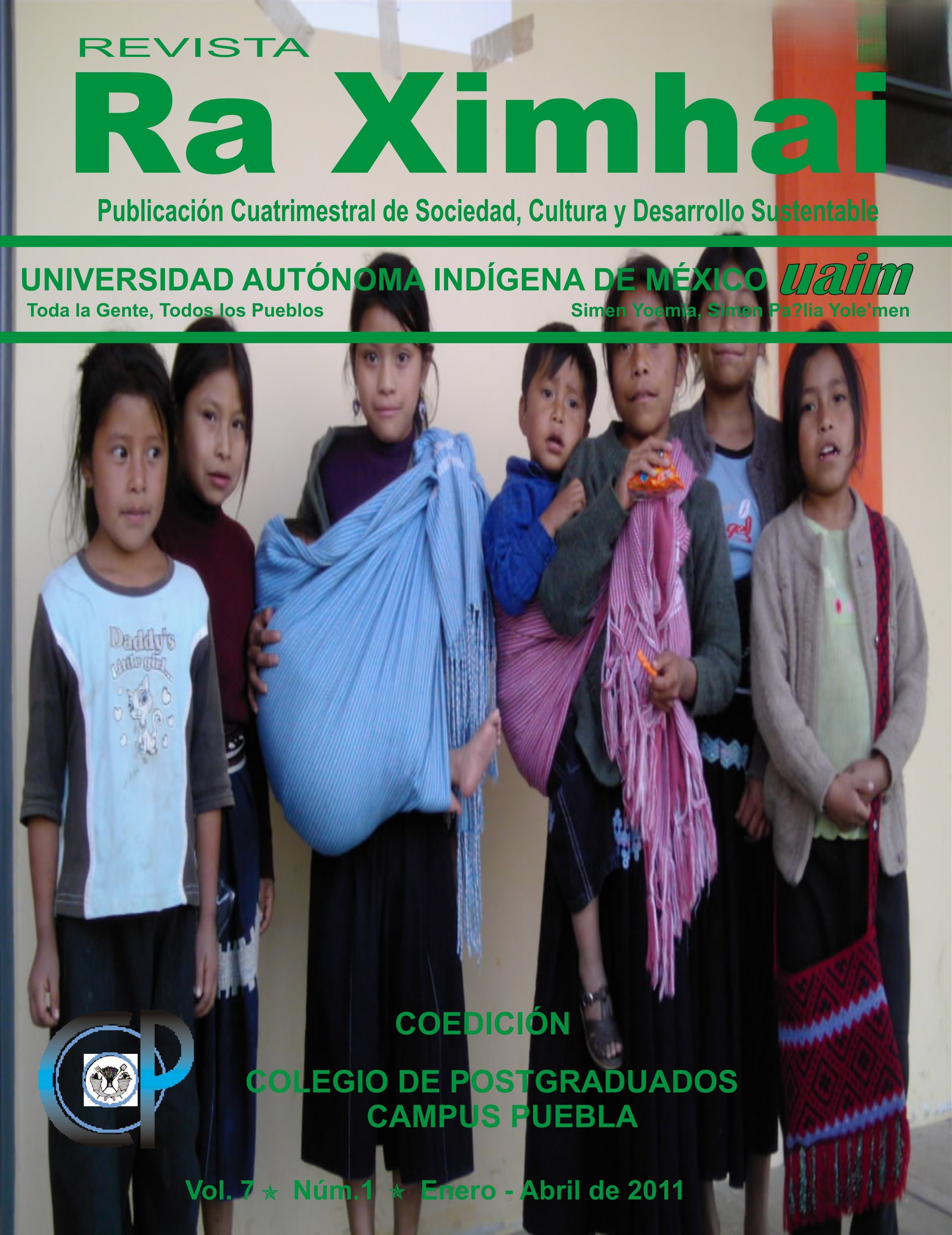The Hñahñu calendar. An epistemic and semantic analysis to establish its structure
DOI:
https://doi.org/10.35197/rx.07.01.2011.05.dpKeywords:
space-time order, mayan calendar, mexica calendar, hñahñu calendar, year chargers, Damixi correlationAbstract
This research has been carried out within the framework of a larger study that the author is developing on the conceptualization of time-space order of two cultures of Oto-Mangue linguistic affiliation: the Otomi and the Maya. Two premises have been used: first, that both civilizations would have participated in the structuring of the 260-day cycle and the 365-day cycle, and that they would have perpetuated the 260-day cycle synchronously, despite their geographical separation; second, that the Nahua culture would have introduced certain changes to the Hñahñu calendar to give it its own character, such as slightly shifting the cycle, and starting the year on a date prior to the Otomi annual start. A comparative study of the Mexica and Hñahñu charger days has then been conducted, using as a calendar support the 260-day Mayan Tzolk’in cycle identified in the course of the Mayan calendar study (Patrick, Manuscripts 1-4). Thus, it has been possible to elucidate that: the Hñahñu-Otomi year is structured to follow the Moon within the framework of the oriented solar year; that the 365-day cycle begins on Gregorian March 29; that the day that names the year (or charger) is number 359, that is, the penultimate day of the 18th twenty, called Ambuœndaxi in the Huichapan Codex, which corresponds to March 22, the equinoctial day; that the tradition of celebrating the Hñahñu “New Year” on March 19 in the State of Mexico may be due to the fact that the date of the Julian calendar has been transcended; and that based on ethnographic information obtained in the field, the closing of one hundred Anuixuii beads (52 years) represented in the necklace of one hundred beads “thebe” occurred in 2006-2007, in the year 1 Anqua (1 Rabbit).
Downloads
References
Carrasco Pizana, Pedro. 1950. “Los Otomíes. Cultura e historia prehispánicas de los pueblos mesoamericanos de habla otomiana”. UNAM, México.
Galinier, Jacques. 1990. “La Mitad del Mundo. Cuerpo y Cosmos en los Rituales Otomíes”. UNAM, Centro de Estudios mexicanos y Centroamericanos e Instituto Nacional Indigenista, México.
Lastra, Yolanda y Noemí Quezada. 1998. “Estudios de cultura otopame”. Siglo XXI y UNAM, México.
Lastra, Yolanda y Doris Bartholomew, editoras. 2001. “Códice de Huichapan”. Paleografía y Traducción de Lawrence Ecker, Instituto de Investigaciones Antropológicas, UNAM, México.
Motolinia, Fray Toribio. 1858. “Historia de los Indios de la Nueva España”. Estudio crítico, apéndices, notas e índice de Edmundo O‟Gorman, Porrúa, México.
Pérez Lugo, Luis. 2007. “Tridimensión cósmica otomí. Aportes al conocimiento de su cultura”.Universidad Autónoma Chapingo, Plaza y Valdés Editores, México.
Pérez Lugo, Luis. 2002. “La visión del mundo otomí (Ñuhu) en correlato con la maya en torno al agro y al maíz”. Universidad Autónoma del Estado de México, México.
Soustelle, Jacques. 1937. “La Famille Otomi- Pame”. Institut d‟Ethnologie, Paris.
Downloads
Published
How to Cite
Issue
Section
License
Copyright (c) 2011 Dämixi Geraldine Patrick-Encina

This work is licensed under a Creative Commons Attribution-NonCommercial 4.0 International License.
Usted es libre de:
- Compartir — copiar y redistribuir el material en cualquier medio o formato
- Adaptar — remezclar, transformar y construir a partir del material
- La licenciante no puede revocar estas libertades en tanto usted siga los términos de la licencia
Bajo los siguientes términos:
- Atribución — Usted debe dar crédito de manera adecuada , brindar un enlace a la licencia, e indicar si se han realizado cambios . Puede hacerlo en cualquier forma razonable, pero no de forma tal que sugiera que usted o su uso tienen el apoyo de la licenciante.
- NoComercial — Usted no puede hacer uso del material con propósitos comerciales .
- No hay restricciones adicionales — No puede aplicar términos legales ni medidas tecnológicas que restrinjan legalmente a otras a hacer cualquier uso permitido por la licencia.








